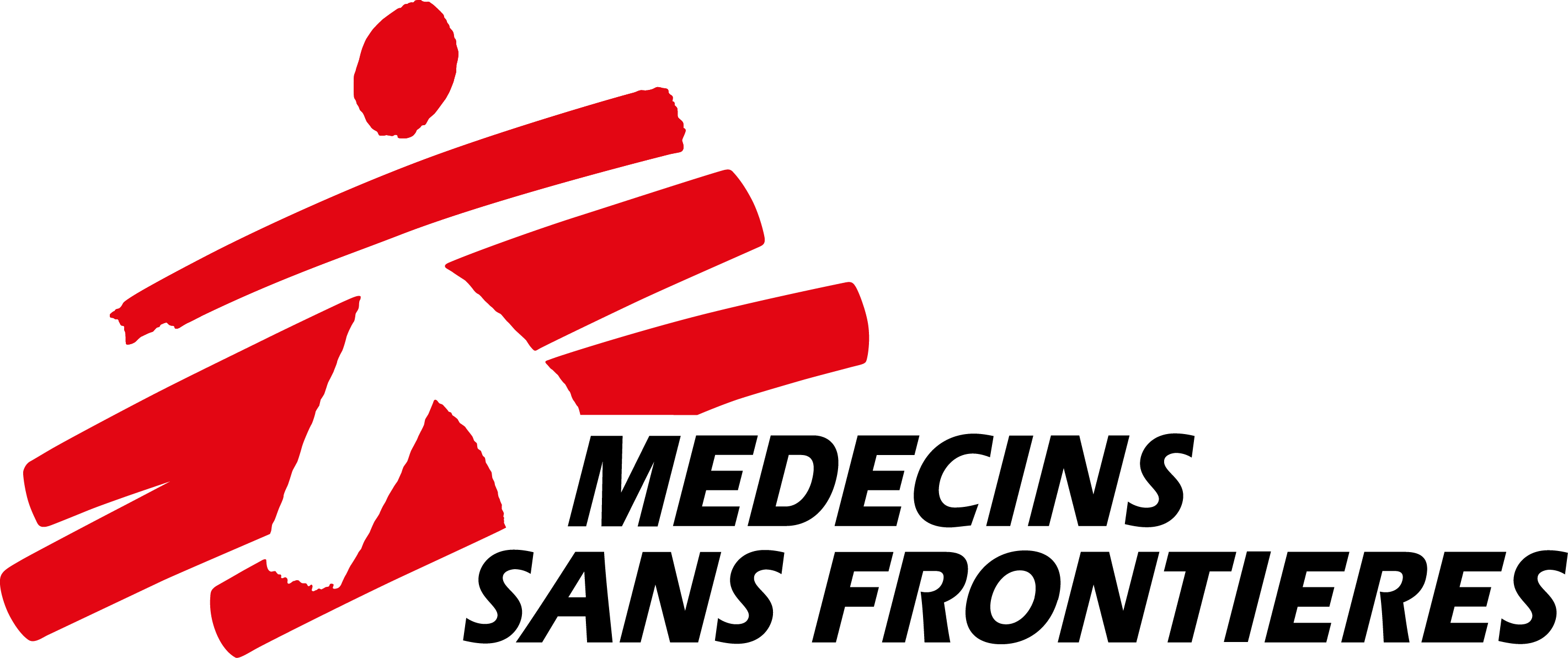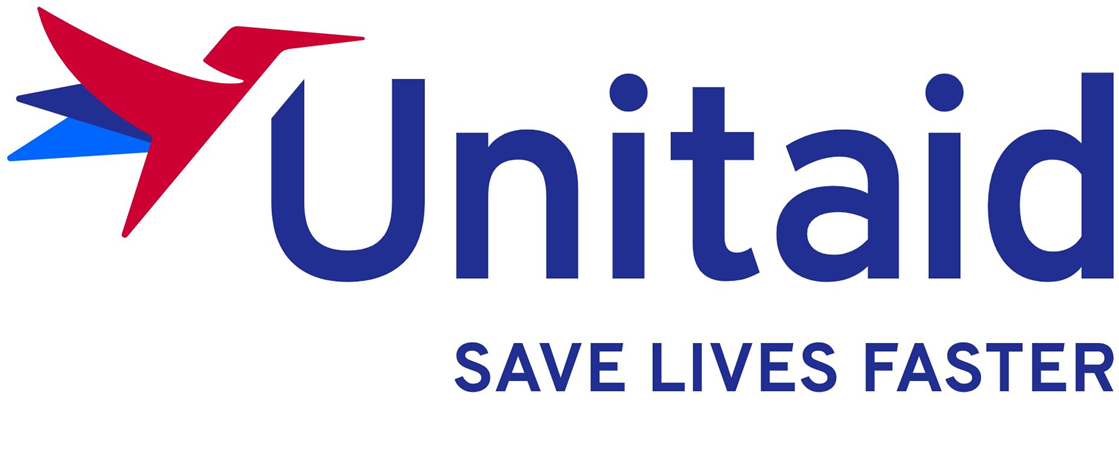The endTB team welcomes the WHO Rapid Communication on updated guidance for the treatment of drug-resistant tuberculosis, which was released on 2 May 2022.1 This Rapid Communication continues a string of exciting advances in treatment for drug-resistant TB in recent years. Specifically, it launches a new standard of shortened, all-oral regimens for most patients with multidrug-resistant/rifampin-resistant tuberculosis (MDR/RR-TB). We extend our congratulations and deep gratitude to those involved in the research—participants, investigators, operational teams, funders—and in the Guidelines process. The full Guidelines, due out later this year, will provide details about the studies, analyses, and review of data underpinning the recommendations which are critical to programmatic and clinical decision-making. In the interim, the endTB Consortium shares some likely implications of the expected guidance and crucial, open questions which will be addressed by the endTB project.
Here we highlight 4 points, 3 are related to the 6-month bedaquiline-pretomanid-linezolid (BPaL) and bedaquiline-pretomanid-linezolid-moxifloxacin (BPaLM) regimens, 1 to the 9-month modified, all-oral regimen:
- Further linezolid dose optimization is still required. The totality of the evidence reviewed during the Guidelines meeting resulted in a recommendation to use linezolid daily at 600 mg “throughout the treatment regimen” (as possible) within the novel 6-month regimens BPaL and BPaLM. There was substantial linezolid-related toxicity reported at 600 mg daily in the reviewed NiX-TB, ZeNix and TB-PRACTECAL trials. For example, among those who received linezolid for 600 mg daily for 26 weeks in ZeNix, 24.4% experienced treatment-emergent peripheral neuropathy and 2.2% worsening anemia.2 This toxicity leads to temporary suspensions and discontinuations. These changes, especially in the context of a 3-drug regimen, may have consequences on regimen efficacy. TB-PRACTECAL results suggest possible limits to BPaL efficacy: BPaL had lower (45.7% [95% CI: 34.4%, 57.3%]) 8-week conversion than BPaLM (77.1% [95% CI: 66.4%,85.6%]; BPaL efficacy was not non-inferior to the control in the per protocol analysis. And, 3/4 recurrences in the trial occurred among participants in the BPaL arm.3 In the absence of reported results on the role of linezolid suspension in treatment response, an effect cannot be ruled out. Evidence remains important on other strategies to maximize the activity of linezolid while minimizing its toxicity.
- More direct evidence is required on optimal treatment for fluroquinolone-resistant (FQ-R) MDR/RR-TB (or pre-XDR-TB, per the 2021 WHO definition). The BPaL regimen is recommended as a treatment option for patients with pre-XDR-TB. In the internally controlled TB-PRACTECAL trial, approximately 25% of analyzed participants had FQ-R TB. No subgroup analysis has been presented comparing relative efficacy of BPaL vs. control in FQ-R and FQ-S patients. However, the analogous subgroup analysis for the BPaLM regimen vs. the control may be illustrative since moxifloxacin can reasonably be considered compromised in FQ-R patients. This subgroup analysis reveals a -45.0% (95% CI: -¥, 26.5%) difference in risk of unfavorable outcome (BPaLM vs. control) in FQ-S TB and only a -16.9% (95% CI: -¥,-8.9%) risk difference in FQ-R TB.4 While not conclusive due to small sample size, these results suggest that lower efficacy relative to the control cannot be ruled out for BPaL used in patients with pre-XDR-TB. Data on larger numbers of pre-XDR-TB patients included in both experimental and control arms will be necessary for confidence in findings around effective, safe treatments in this specific population.
- Further evidence is needed on the criteria for identifying those with “slow response to therapy” in whom extension of the 6-month BPaL regimen should be considered. Most patients who received this regimen in TB-PRACTECAL, NiX-TB, and ZeNix received them for 6 months. As mentioned in point 2 above, although this regimen is recommended for pre-XDR-TB, a very small number of pre-XDR-TB patients received the regimen in comparison to an internal, concurrent control; none of them had treatment extended. Emerging data from meta-analyses show some indications for extension of shortened rifamycin-containing regimens for drug-susceptible TB; these have not yet been validated for non-rifamycin-containing regimens used to treat pre-XDR-TB.
- Evidence is needed on viable (less toxic, equally or more efficacious) alternatives to the 9-month, 7-drug all-oral regimen (4-6 Bdq[6]-Lfx[Mfx]-Eto-E-Z-Hh-Cfz / 5 Lfx[Mfx]-Cfz-Z-E) and to the modified version of the same (in which 2 months of linezolid replaces 4 months of ethionamide). Ethambutol, and particularly high-dose isoniazid and pyrazinamide, have overlapping toxicities with, and may provide only modest additional activity over, Group A and B drugs present in regimens. Use of more parsimonious regimens may reduce toxicity, associated monitoring, and management; improve adherence; simplify delivery; and reduce costs.
During the next two years, the endTB project will report results from the observational study and the endTB (ClinicalTrials.gov Identifier: NCT02754765) and endTB-Q (ClinicalTrials.gov Identifier: NCT03896685) clinical trials which will fill some of these evidence gaps. Notably:
- endTB & endTB-Q trials will inform linezolid dose optimization: endTB5 and endTB-Q experimental regimens that contain linezolid (as well as bedaquiline and/or delamanid) start at doses of 600 mg daily. Both studies include a delayed randomization to a linezolid dose reduction strategy—either 600 mg thrice weekly or 300 mg daily—after 16 weeks or dose-limiting toxicity, whichever occurs first. Toxicity (grade 3 or higher linezolid-related AEs) will be compared between the dose-reduction strategies. This will provide complementary information to that generated by ZeNix and TB-PRACTECAL, which examined different, systematic linezolid dose reductions earlier than 4 months.
- endTB-Q will provide evidence on response of 6-month all-oral regimens in pre-XDR-TB patients: endTB-Q is the first, randomized, internally, concurrently controlled trial of an all-oral, shortened regimen in pre-XDR-TB. The experimental regimen contains a four-drug regimen, Bdq-Lzd-Cfz-Dlm. With 324 pre-XDR-TB patients, it is powered to establish non-inferiority of the experimental approach compared to the long, contemporaneous, WHO-recommended standard of care assuming 75% response in the control arm, 80% power, and 12% non-inferiority margin.
- endTB-Q will inform selection of MDR/RR-TB patients who could benefit from extension of a 6-month regimen: endTB-Q employs a stratified-medicine approach. Guided by the work of Imperial et al.6, the protocol assigns 6-month duration of the experimental arm to participants who have limited disease and whose culture converts to negative and does not revert to positive within 24 weeks after randomization. All other experimental-arm participants will receive 9 months of treatment. Study results will reveal the efficacy and safety of this stratified-medicine strategy.
- endTB will report on safety and efficacy of five different experimental regimens (4- and 5-drug combinations) compared to the internal, concurrent control.
- All experimental regimens avoid the toxicity that accompanies the use of ethambutol, high-dose isoniazid, and ethionamide.
- All experimental regimens contain pyrazinamide. endTB will offer greater understanding of the risk-benefit balance of its use through exploratory analysis of relative regimen efficacy in the presence or absence of resistance to pyrazinamide and pyrazinamide-related toxicities (hepatotoxicity, hyperuricemia).
1 Rapid communication: key changes to the treatment of drug-resistant tuberculosis. Geneva: World Health Organization; 2022 (WHO/UCN/TB/2022.2). Licence: CC BY-NC-SA 3.0 IGO.
2 Foraida S. RESIST-TB Webinar, 14 April 2022.
3 Nyang'wa B. Presentation CROI, 21 February 2022.
4 Berry C. RESIST-TB Webinar, 14 April 2022.
5 Guglielmetti L, et al. Evaluating newly approved drugs for multidrug-resistant tuberculosis (endTB): study protocol for an adaptive, multi-country randomized controlled trial. Trials. 2021 Sep 25;22(1):651. doi: 10.1186/s13063-021-05491-3.
6 Imperial MZ, et al. A patient-level pooled analysis of treatment-shortening regimens for drug-susceptible pulmonary tuberculosis. Nat Med. 2018 Nov;24(11):1708-1715. doi: 10.1038/s41591-018-0224-2.




